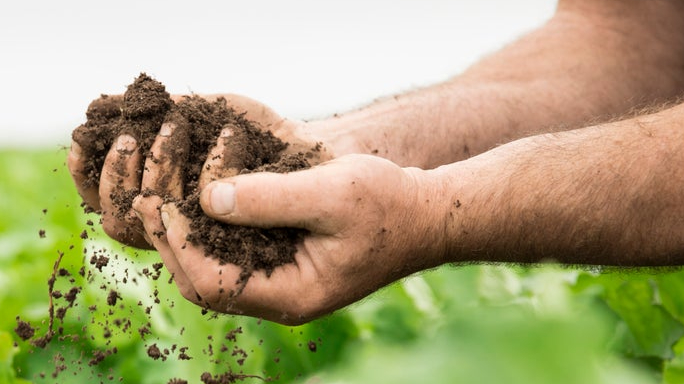Poor sward performance may relate to poor soil fertility

To get the most out of any grass sward, the nutrients of the soil need to be optimal. The first step in improving grass growth with the aim of reducing chemical fertiliser is taking soil samples to determine what is needed by paddocks to correct fertility issues.
Despite most farms not in a position to take samples yet as slurry, phosphorus (P) or potash (K) has been applied recently or will be in the last few weeks before the closed period, farmers should be identifying and planning which paddocks require sampling.
The ideal time to sample soils is from September to March and the advice is to wait 3-6 months after the last application of P, K or slurry to generate an accurate result. Therefore, the month of January is often the ideal time on many farms. This will allow you to put a fertiliser plan in place for the year ahead to target specific fields for specific nutrients. Ideally the entire farm should be sampled every 2–4 years or a proportion of the farm. If you only sample some of the farm target the silage fields and any fields that maybe re-seeded in the near future.
Recent studies have shown that grassland soils maintained at pH 6.3-6.5 have the potential to release approximately 60kg to 80kg/ha more nitrogen (N) than soils with pH 5.0, thus, translating into a significant cost saving on farms. According to the Teagasc Soil Fertility Report 2022, over 80% of grassland soils in Ireland are suboptimal in either pH, P or K.
Optimising soil pH increases the availability of soil N, P and K and also increases the uptake of applied nutrients such as organic fertilisers or chemical fertilisers while reducing losses to the environment. Thus, soil pH is the most important to correct and the cheapest one! As 47% of soils are below optimum pH, correcting soil pH alone will improve soil P and K indexes. Teagasc research at Johnstown Castle showed that liming an acidic soil (pH<5.5) alone increased the soil P by approximately 6mg/L. This would remove the need for building soil P levels and increase productivity (+ 1t dry matter (DM)/ha) of the grass sward at least cost on numerous farms.
If you have clover swards or are considering establishing clover swards, soil fertility is a crucial factor in establishing and maintaining adequate clover on farm. Clover requires soils with a soil pH 6.5-7.0, and > index 3 for P and K.
Moreover, recent research showed that applying 5 tonnes of lime per hectare every 3-4 years increased soil pH from 5.1 to 6.9 and reduced N2O emissions by 39%. The study estimated that Irish grasslands have the potential for a reduction of up to 254,000 T CO2-eq yr−1 if all the remaining acidic soils are brought up to optimal pH.
Through the use of soil sampling, the soil analysis report provides key information on major nutrients such as Phosphorus, Potassium along with giving an indication of the lime requirement when implemented can improve nutrient efficiencies and improve grass growth.
First Published 21 August 2023
Tagged with: Dairy